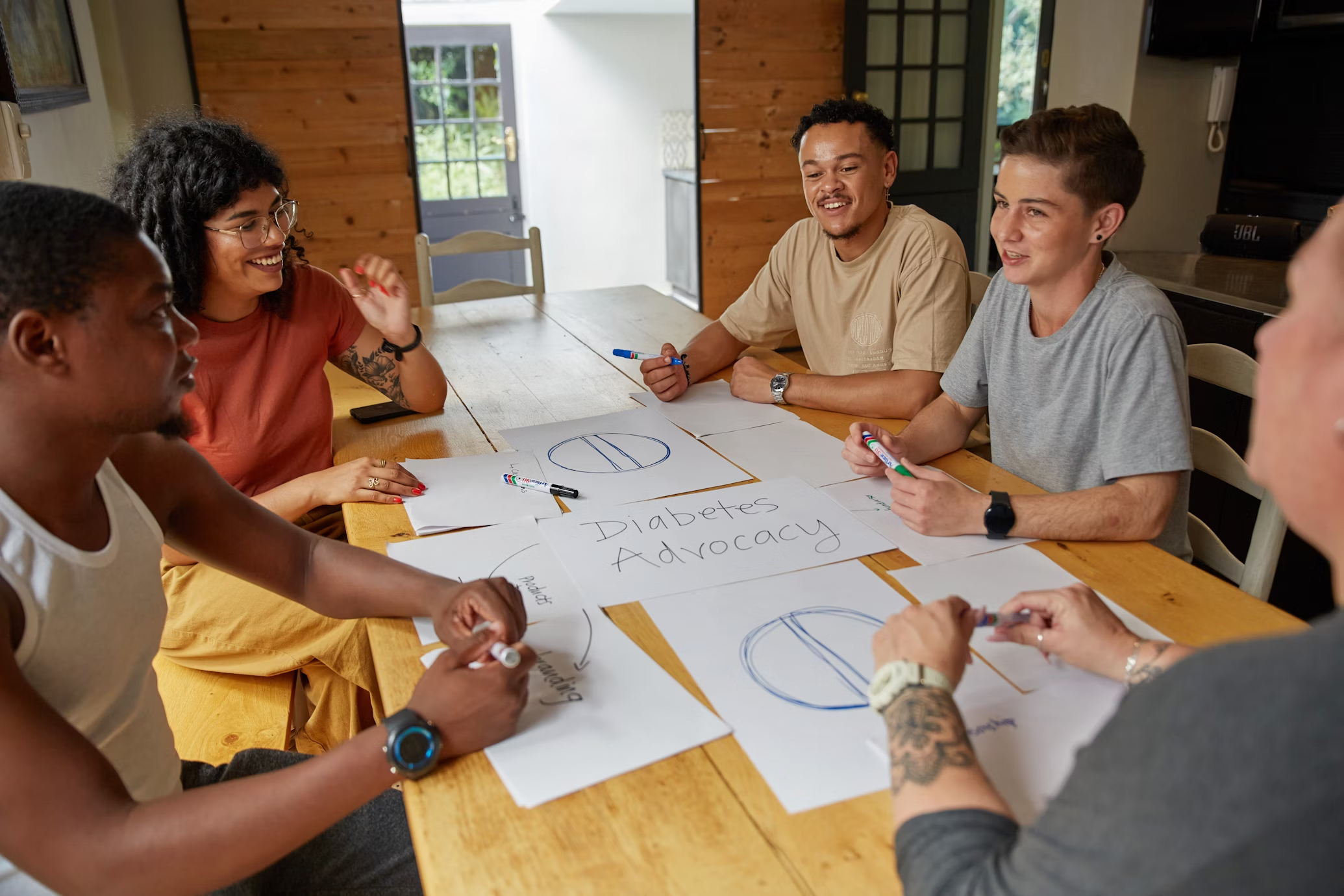
Advocating for change within a community is a powerful way to create a positive impact. Whether you want to improve local policies, promote social justice, or enhance public services, taking action can make a real difference. Understanding the most effective ways to advocate helps ensure your efforts yield lasting results. The role of advocacy in community improvement.
Understanding Community Advocacy
Advocacy begins with understanding the issues affecting your community. This involves listening to those around you, researching the problems, and identifying what needs to be changed. When you clearly understand the challenges, you can focus your efforts on the most pressing concerns.
Being informed also helps build credibility. When you know the facts, you can explain your position clearly to others, whether they are neighbors, local officials, or community groups. This clarity strengthens your message and motivates others to join your cause.
Building Relationships and Networks
Change rarely happens alone. One of the most effective tools in advocacy is building relationships with like-minded individuals. When you connect with others who share your goals, you create a network that can support and amplify your efforts. The role of advocacy in community improvement.
Engaging with local organizations, community leaders, and activists provides valuable resources and opportunities. These connections offer advice, access to events, and a platform for collaboration. Together, a group can bring more attention to issues and influence decision-makers more effectively than an individual acting alone.
Using Communication to Raise Awareness
Effective communication is key in community advocacy. Sharing your message in a way that resonates with others can motivate them to take part in the change you want to see. This involves clear, honest, and consistent messaging that explains why the issue matters. The role of advocacy in community improvement.
Social media platforms, community meetings, newsletters, and local media are all powerful tools to spread your message. By utilizing these channels, you can reach a broader audience, educate them about the issue, and encourage them to take action. Storytelling is remarkably compelling—sharing real experiences from people affected by the problem makes the issue relatable and urgent.
Engaging with Local Leaders and Decision-Makers
To create real change, it is essential to engage directly with those who hold power in your community. This means reaching out to local government officials, school boards, and other decision-making bodies. When you present your case clearly and respectfully, you increase the chance of influencing policies or resource allocation.
Attending town hall meetings, writing letters, and requesting meetings with officials are common ways to make your voice heard. Preparing for these encounters by organizing your facts and practicing your message makes your advocacy stronger and more persuasive. The role of advocacy in community improvement.
Taking Action Through Volunteerism and Community Projects
Advocacy is not only about talking but also about taking action. Volunteering in community projects related to your cause demonstrates commitment and helps build trust. It also provides a visible example of the positive change you want to encourage.
Leading or participating in initiatives like neighborhood clean-ups, educational workshops, or fundraising events brings people together and strengthens community bonds. These activities show that change is possible and inspire others to get involved.
Staying Persistent and Patient
Change often takes time, and obstacles can slow progress. Advocacy requires persistence and patience. It is essential to remain focused on your goals, even when faced with setbacks or opposition.
Celebrating small victories along the way helps maintain motivation and momentum. Keeping your network engaged and adapting your strategies as needed also supports long-term success. Remember, many significant changes start with a single dedicated individual willing to keep pushing forward.
Empowering Others to Join the Cause
An essential part of advocacy is empowering others to take action. This involves sharing knowledge, encouraging participation, and creating opportunities for individuals to contribute in ways that align with their skills and interests.
By building a sense of shared ownership, the movement grows stronger. Training workshops, public forums, and open conversations allow more voices to be heard and new leaders to emerge. When people feel their contributions matter, they are more likely to stay engaged and help sustain the effort.
Advocating for change in your community involves understanding the issues, building relationships, communicating, engaging leaders, taking action, and remaining persistent. Through these steps, individuals and groups can bring about meaningful improvements that benefit everyone. By working together and empowering others, you can bring your vision for a better community to life.